
Changes in Jewelry Design Over Time
The Origins of Jewelry
It can be argued that jewelry has been a part of human nature since the beginning of humanity. The very early types of jewelry were dependent on immediate surroundings, such as woven grass, bones, and sea shells. Since then, jewelry has evolved in many ways. Its style transformed with each era as manufacturing capabilities improved; however its essential meaning has always played a significant role (with the exception of costume jewelry of today). Jewelry has filled many symbols in society, such as:
- a token of love (wedding, anniversary, gifts)
- religious and magical associations
- status of wealth and rank
- authority
Jewelry and precious stones have even played as forms of currency. In 1916, Jacques Cartier purchased the Manhattan Island property where he opened his first store by trading two pearl necklaces.
The Evolution and Influence of Jewelry Design
To take a look at a general, brief history of jewelry design, we can begin at the medieval era when jewelry finally became widespread after the end of the Dark Ages when jewelry was reserved for the noble and royal. During this time, medieval jewelry designs were fashioned for religious ceremonies.
During the Victorian Era, Queen Victoria characterized the style of this time. Two designs were prominent in this era. During the first half of the era, the style was ornate and decorative, even romantic and sentimental. Popular pieces were lockets or other jewels with secret messages from the giver were typical. After the death of her husband in 1861, Queen Victoria and all of the rest of Britain went into mourning, and so jewelry designs became somber. Black mourning jewelry remained in fashion until the Queen’s death. An example of unique jewelry piece from the late Victorian Era was a hair locket. The locket was used to keep a snippet of hair that belonged to the deceased loved one. The sentiment to this piece was to forever have them close to one’s heart.
In 1901, King Edward took the reign of Britain, and so Edwardian era began. This era brought jewelry designs out of mourning and into life. Designs of this era embraced whimsical themes. Art Nouveau also embraced this characteristic, while earth-like character designs of dragonflies, leaves, butterflies, and mystical fairies became popular.
Jewelry designs of the Roaring Twenties introduced geometric shapes. Jewelry was influenced by the art movements, such as abstract expressionism, Cubism, and Modernism.
During the 1940’s, the influence of WWII and the embargoes on gemstones, jewelry designs were more metal-centric than focused on precious stones. Jewelry designs had become more patriotic and were accented with semi-precious and synthetic gems.
In post war years (1950’s), jewelry designs returned with big colors, and its BIG player – the diamond. Diamonds quickly became the most popular gemstone.
Today, jewelry design has evolved with the advancement of manufacturing technology and the discovery of new metals and stones. Countless options are present offering jewelry wearers and buyers a variety of quality and style. What’s even better is you don’t have to be royalty to afford some very nice pieces.

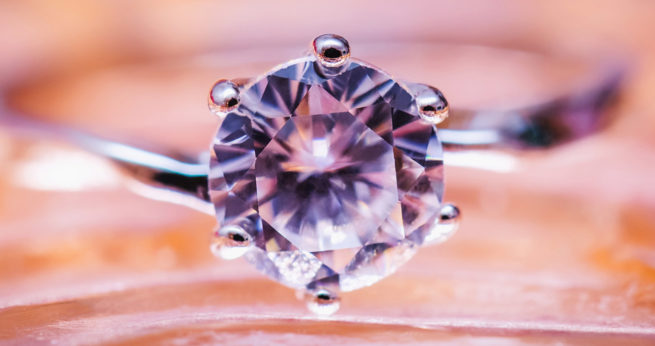
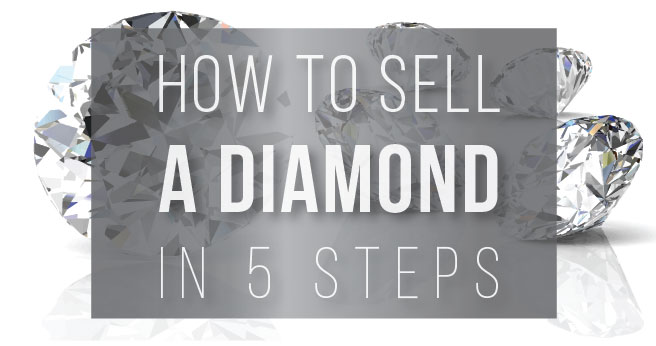
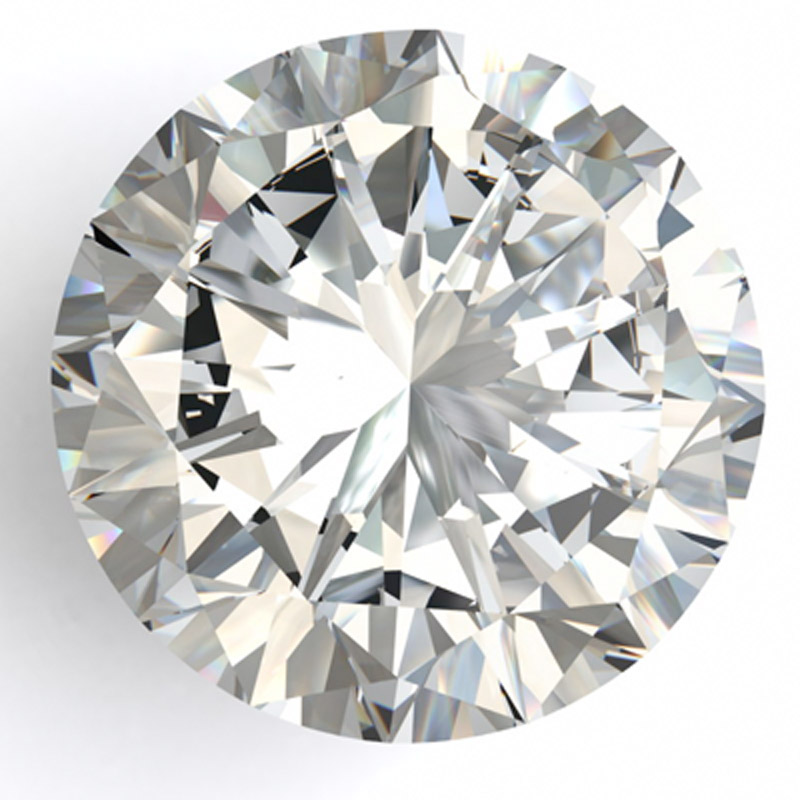
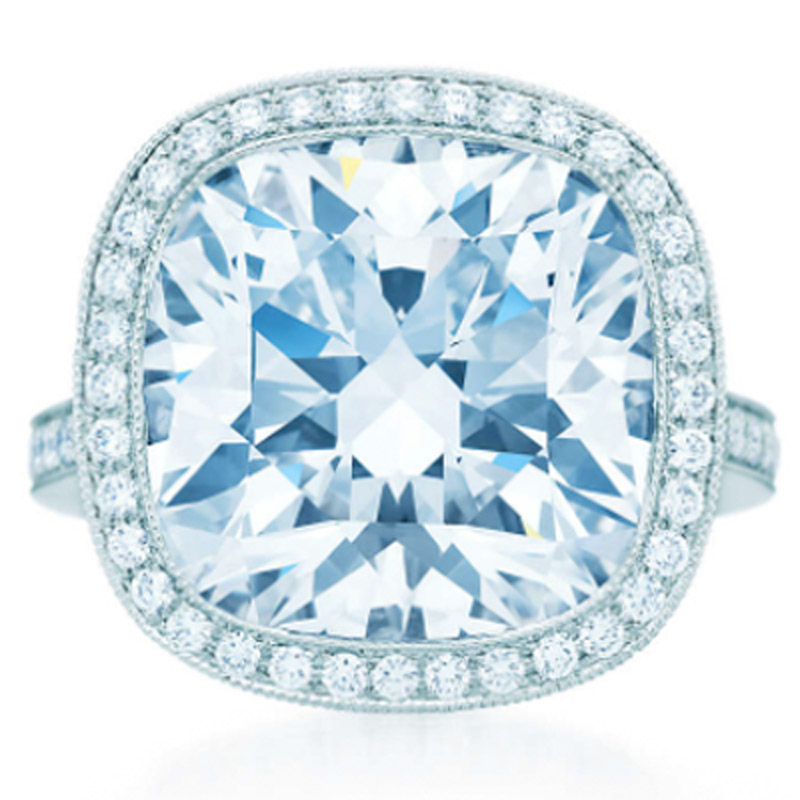
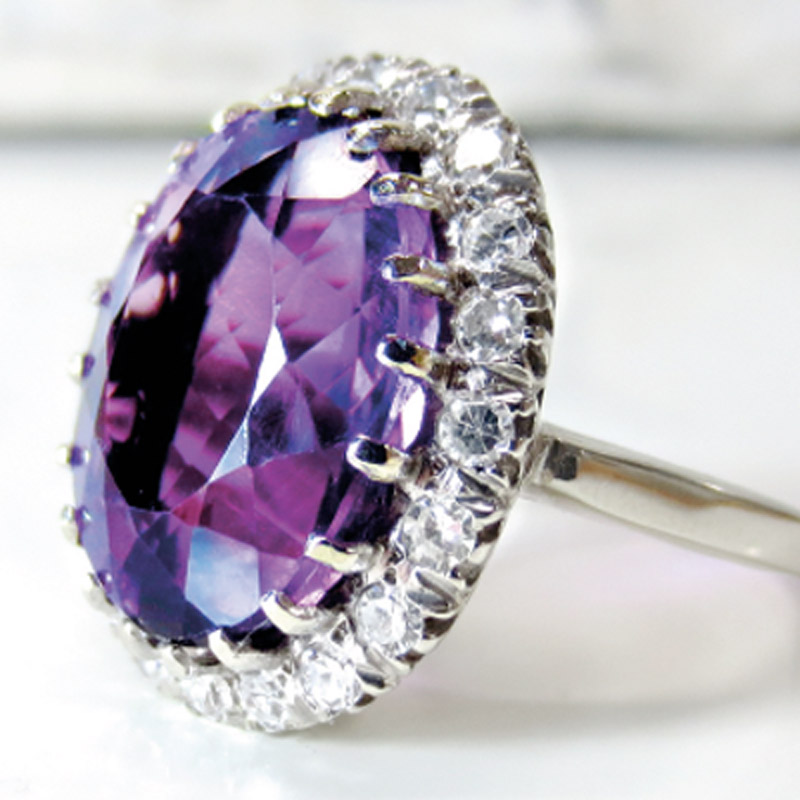
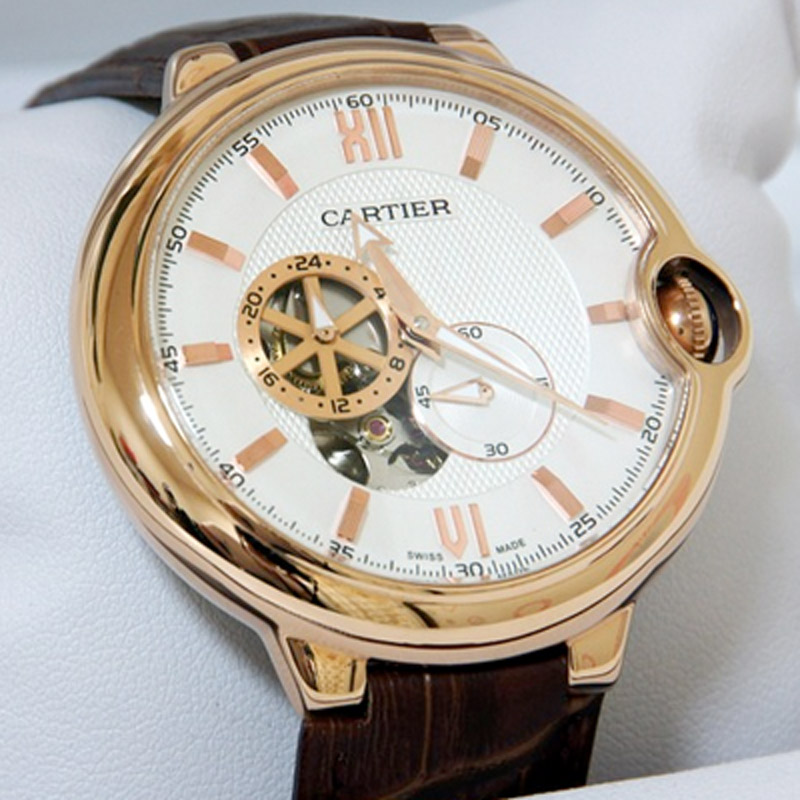
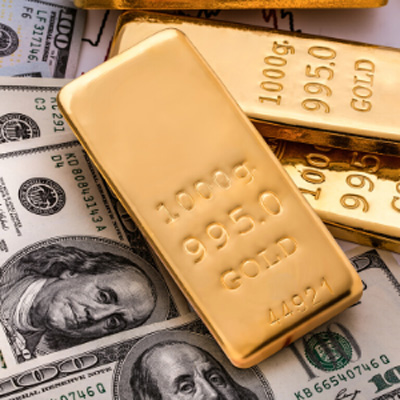
0 Comments